Amar Bari Tomar Bari Naxalbari by cartoonist Sumit Kumar, chronicles the history of India’s Maoist uprising from its earliest origins in a small village in West Bengal — Naxalbari — to what it is today in the jungles of Bastar — using the medium of comics
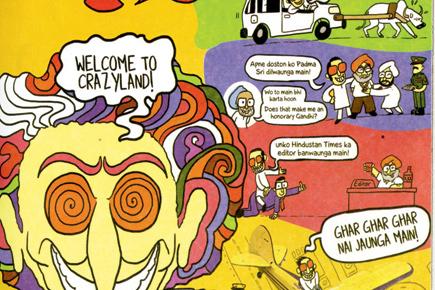
A strip that shows the turbulent times leading to the Emergency
![]() What: Amar Bari Tomar Bari Naxalbari by cartoonist Sumit Kumar, chronicles the history of India’s Maoist uprising from its earliest origins in a small village in West Bengal — Naxalbari — to what it is today in the jungles of Bastar — using the medium of comics. It was released as a three-part web series on Newslaundry last year and given its popularity, met its next logical step being published by Horizon Books. Kumar’s other works like Kashmir ki Kahaani and TV ki Kahaani have been very popular too. He takes on grim and complex issues with lightness by employing references from popular culture, advertising and television.
What: Amar Bari Tomar Bari Naxalbari by cartoonist Sumit Kumar, chronicles the history of India’s Maoist uprising from its earliest origins in a small village in West Bengal — Naxalbari — to what it is today in the jungles of Bastar — using the medium of comics. It was released as a three-part web series on Newslaundry last year and given its popularity, met its next logical step being published by Horizon Books. Kumar’s other works like Kashmir ki Kahaani and TV ki Kahaani have been very popular too. He takes on grim and complex issues with lightness by employing references from popular culture, advertising and television.
ADVERTISEMENT
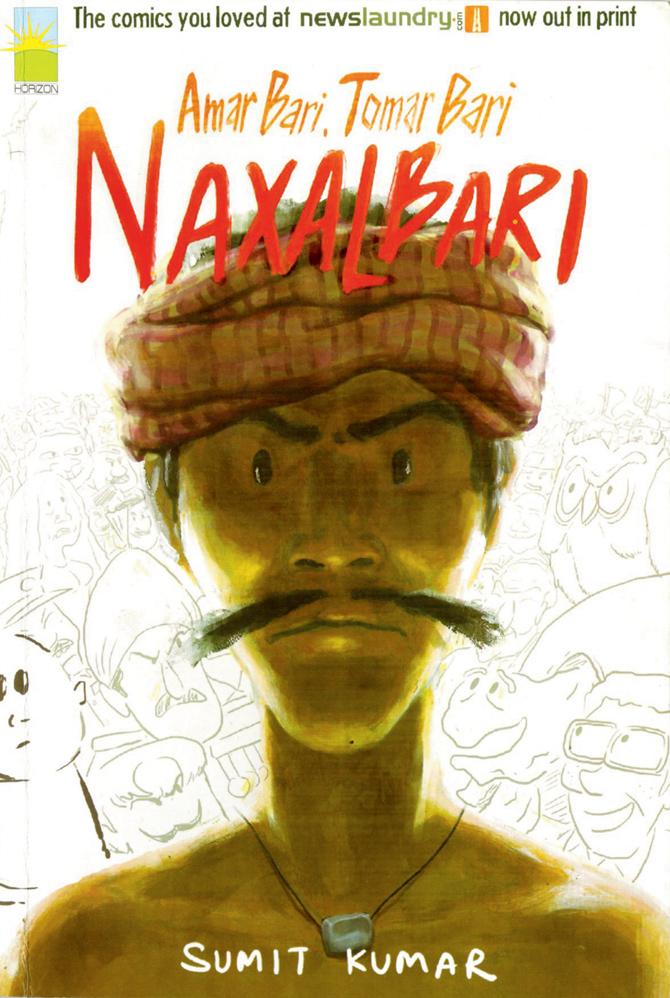
Amar Bari Tomar Bari Naxalbari, Sumit Kumar, Horizon Books, Rs 400. Available in e-stores.
How: In an exchange at the end of the book, he admits that using jingles and popular references was a conscious choice as he intends to break away from the black and white style of European political cartooning and tell stories differently.
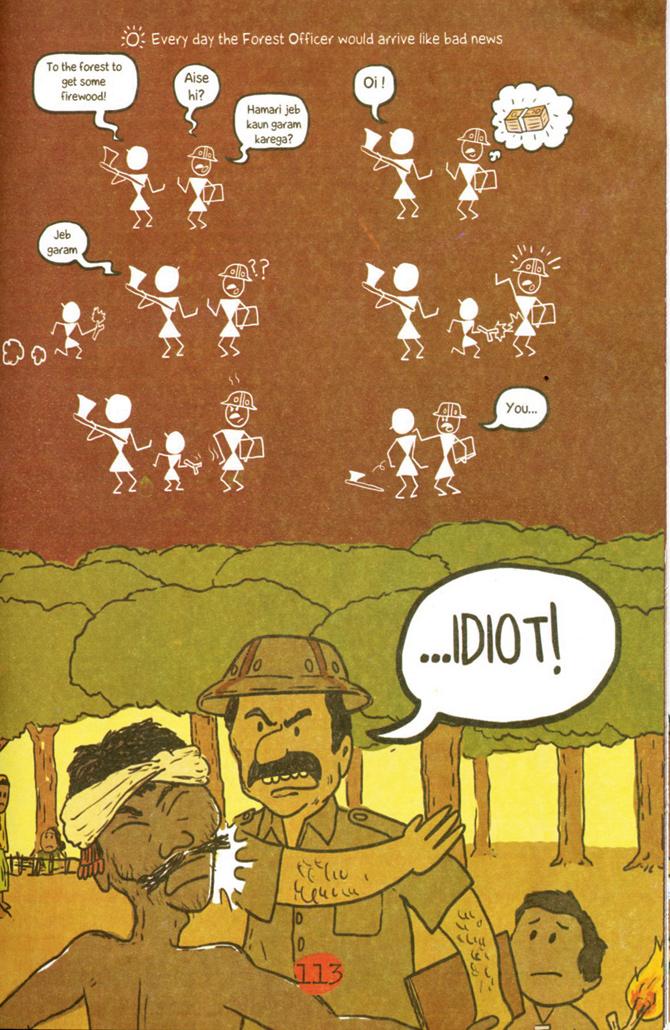
The author has not shied away from depicting ghastly exploitation that is common in the country.
To tell the story of political foolishness he needed the comic language, he claims.
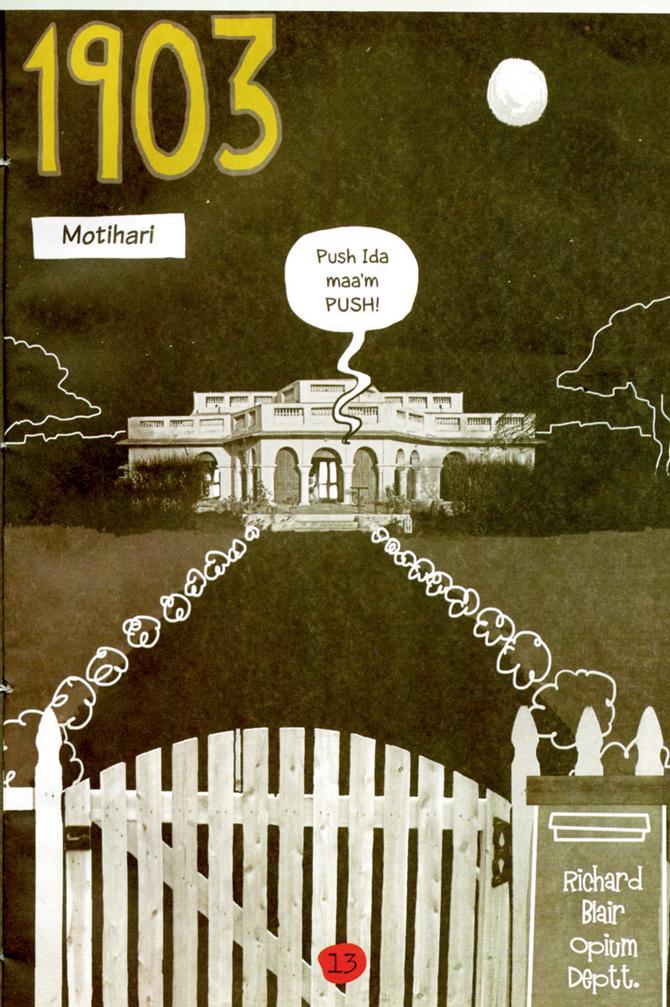
Sumit Kumar uses the birth of George Orwel as a tool to tell the story of Naxalbari.
The lightness of touch and irreverence is ubiquitous and unsparing in his narration when he does not deter from calling the 1976-77 Emergency era under Indira Gandhi, crazyland.
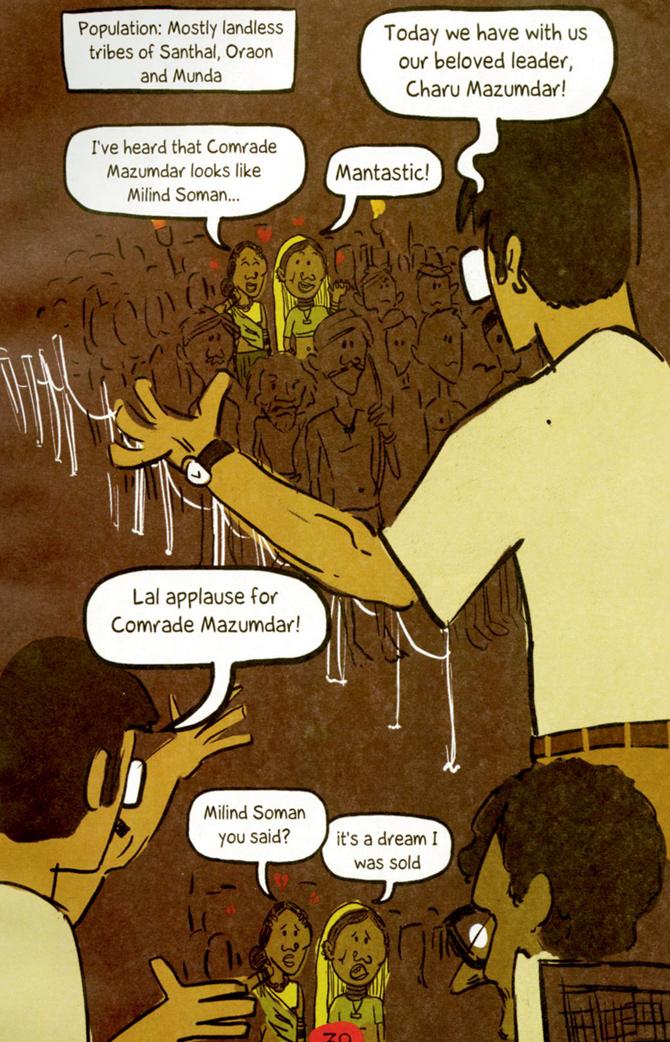
A humourous take on Naxal leader Charu Majumdar
He uses the rhythmic tune of Essel World to point at the absurdities of Sanjay Gandhi’s forced population control and other exercises.
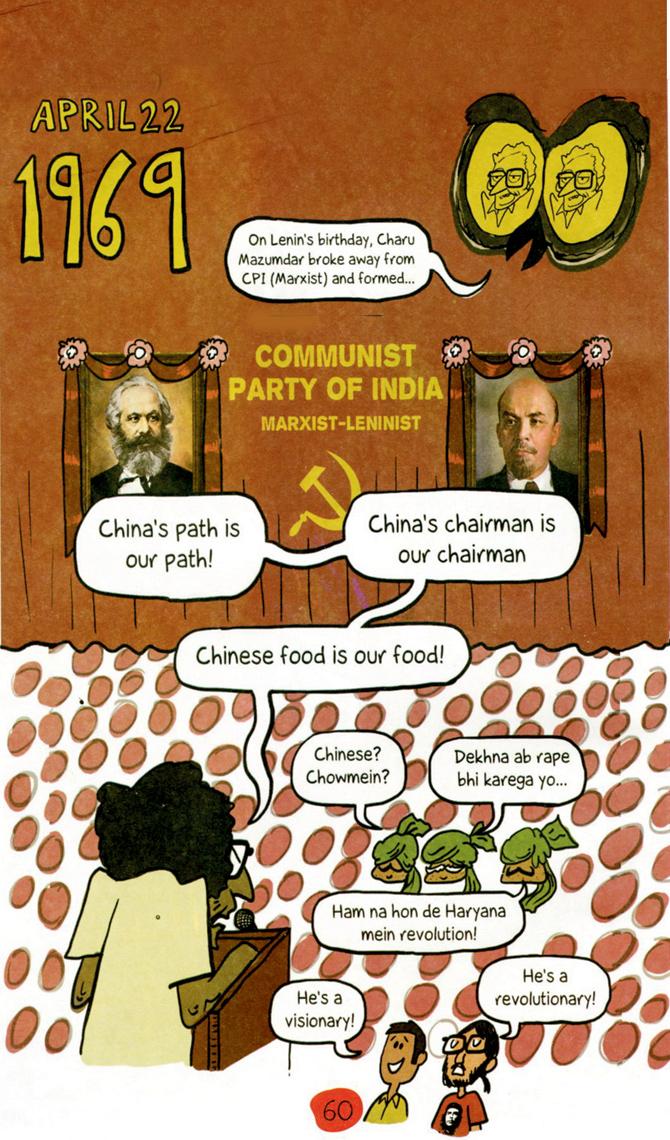 This image sums up the situation in 1969 with the split in the Communist Party of India and the beginning of the Naxal movement
This image sums up the situation in 1969 with the split in the Communist Party of India and the beginning of the Naxal movement
Essel World returns in his narrative when talking about Bastar as he points out how Maoists are often just an excuse to get control of the mineral-rich land.
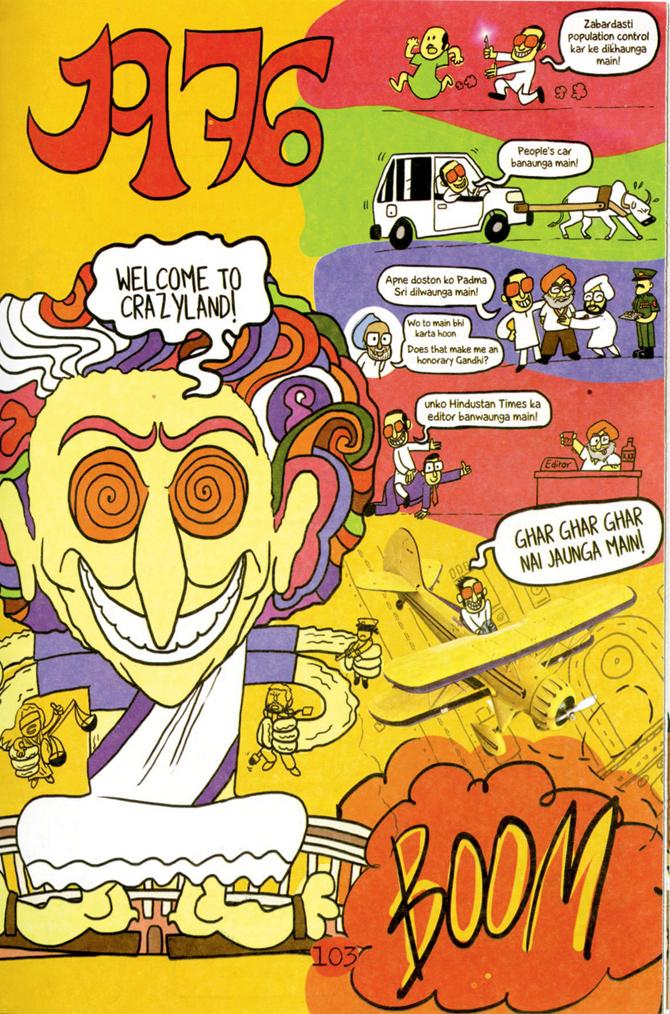 A strip that shows the turbulent times leading to the Emergency
A strip that shows the turbulent times leading to the Emergency
He speaks of the romantic Naxals of the 1970s, some of whom slipped out to be sent abroad when things got messy, and the later Maoists who survive on the exploited. Naxalbari is the kind of book that does not aim to please any group and informs without effort.
 Subscribe today by clicking the link and stay updated with the latest news!" Click here!
Subscribe today by clicking the link and stay updated with the latest news!" Click here!






